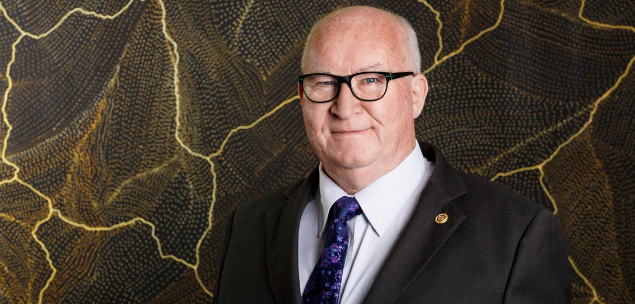Imagine calling your favourite business and it knows what you need without you saying a word. Ground-breaking intuitive technology recognises your phone number, remembers your name, your address, what you like and automatically predicts where to place your call. It can let a business know if you are a loyal regular caller or a pest caller.
This is the artificial intelligence that is revolutionising the telecommunications industry, according to telecommunications expert Mark Horwood.
“Gone are the days when receptionists need to ask how they can best direct your call,” Mr Horwood said.
“You won’t even need to press 1, 2 or 3 for different departments, or yell the same generic phrase into the phone over and over until the voice recognition finally understands you.
“Artificial intelligence is bringing call times down and customer satisfaction up.”
Mr Horwood said automatic call direct identifies new phone numbers as potential customers and directs them accordingly.
For customers that have called a business previously, data about their phone number, information and preferences are encrypted for privacy and stored securely on the Cloud.
Mr Horwood said telephone calls might seem old fashioned, but business owners should embrace the latest high-tech features for efficiency and to streamline their systems.
“Calling on the telephone is still an important form of communication,” said Mr Horwood.
“There has been a slight decline in call numbers in recent years, but the importance of those calls had increased significantly,” he said.
“Many people call a business when it’s important or when they can’t access help online or through an app.
“This is why it is so important for businesses to prioritise and invest in their telecommunications systems, with a focus on making things easier on the customer as well as the business.
Mr Horwood said the evolution of telephony was exciting, but sadly most businesses were slow to adapt.
“While this smarter technology is available, about 90 per cent of businesses have antiquated and outdated phone systems,” he said.
“They really are failing their customers who struggle to get through, experience long and boring on- hold wait times and often hang up in frustration.”
Mr Horwood said the big utilities were the worst offenders, such as power and insurance companies. While smaller businesses like car dealerships embraced feature-driven telephony and customer experience.
Related: Bring developers into the fold: Blending ‘business brains’ with ‘IT intelligence’
“The smaller competitive industries are keeping up with technology, saving money and keeping their customers happy,” said Mr Horwood.
Mr Horwood said some organisations were responding to customer dissatisfaction, such as Telstra bringing their call centres back to Australia.
“But the big corporations won’t be able to rely on monopolies or customer loyalty forever,” Mr Horwood said.
“Increased competition and our tech-savvy younger generation will mean they’ll have to lift their game or lose customers,” Mr Horwood said.
In April, the New York Times reported that the volume of phone calls surged more than internet use during the pandemic, because people wanted to hear each other’s voices.
“While the nation’s biggest telecommunications providers prepared for a huge shift towards more internet use from home, what they didn’t expect was an even greater surge in plain old voice calls,” the Times reported.
Mark Horwood is the chief executive officer at Captivate Connect.
Keep up to date with our stories on LinkedIn, Twitter, Facebook and Instagram.

